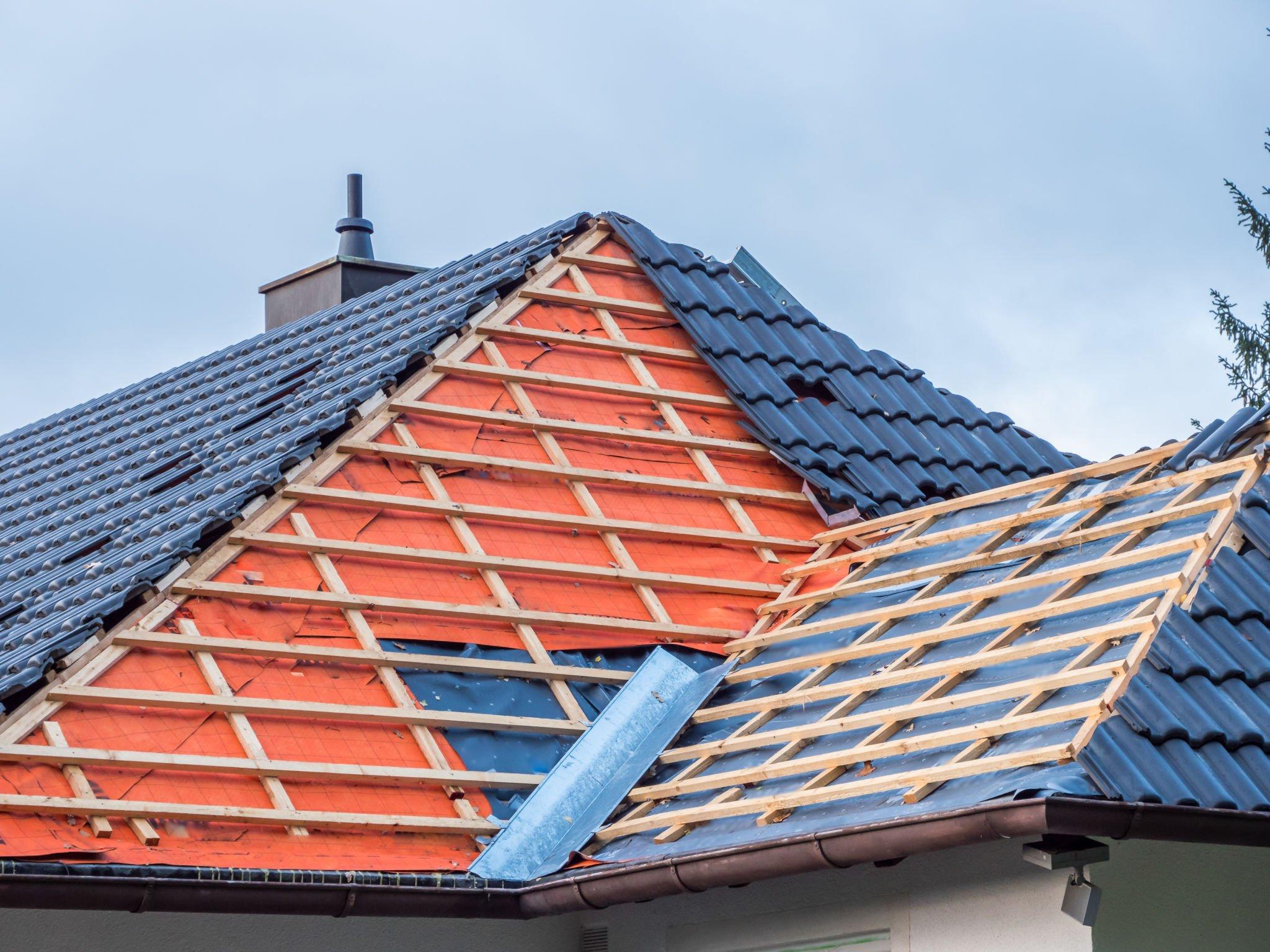Whether you’re a homeowner or a property manager, understanding the importance of regular roof upkeep is crucial for its longevity and performance.

A well-maintained roof not only enhances the aesthetic appeal of your property but also safeguards it from weather elements, prevents leaks, and maintains energy efficiency.
In today’s guide, we’ll provide you with valuable insights into the significance of roof maintenance and inspection.
From identifying common issues to implementing preventive measures, trusted contractors explore the key steps and best practices to ensure your roof remains in optimal condition for years to come.
Let’s embark on this journey to secure and protect your investment!
Read also: Mistakes that Most People Make When Installing Locks
What maintenance is required for a roof?
Regular upkeep can help prevent costly repairs, extend the lifespan of your roof, and maintain the structural integrity of your property. Here are some key maintenance tasks and tips to keep your roof in optimal condition.
1. Inspections
Regular inspections are crucial for identifying potential issues before they escalate into major problems. Inspect your roof at least twice a year, in the spring and fall, and after severe weather events.
Look for signs of damage such as missing, cracked, or curling shingles, loose or damaged flashing, and sagging or clogged gutters. Pay attention to water stains on ceilings or walls, as they can indicate roof leaks.
2. Clear debris
Remove any debris, such as leaves, branches, and dirt, from the surface regularly. Accumulated debris can trap moisture, promote algae or moss growth, and cause shingle damage.

Use a soft-bristle broom or a leaf blower to gently sweep away debris. Take caution not to damage the shingles or other materials during the process.
3. Clean gutters and downspout
Clogged gutters and downspouts can lead to water backup, which can damage your roof and cause leaks. Clean your gutters and downspouts regularly, removing any leaves, twigs, or other debris that may obstruct the flow of water.
Ensure that the gutters are securely fastened to the roof and that water is properly draining away from the foundation.
4. Trim overhanging branches
Tree branches that hang over your roof pose a risk of damage. Strong winds or falling branches can cause shingle or structural damage.
Trim back any branches that are within six feet of your roof to prevent them from rubbing against the surface or falling during storms.
5. Address moss and algae
If you notice moss or algae growth, it’s important to address it promptly. Use a solution of water and bleach to remove moss and algae.
Be cautious when using a pressure washer, as excessive pressure can damage the shingles. Consider installing zinc or copper strips along the ridge line to inhibit future growth.
6. Check flashing and seals
Flashing, which is the metal or plastic material that seals the gaps between roof components, should be inspected for damage or deterioration. Damaged flashing can allow water to penetrate the surface and cause leaks.
Additionally, check the seals around vents, chimneys, skylights, and other roof penetrations. Replace any damaged or deteriorated flashing or seals to maintain a watertight roof.
7. Insulate and ventilate
Proper insulation and ventilation play a significant role in maintaining the health of the structure. Insufficient insulation can cause heat to escape, leading to ice dams and moisture buildup. Ensure that your attic is properly insulated to prevent these issues.
Proper ventilation helps regulate temperature and moisture levels, reducing the risk of mold and mildew growth. Make sure vents are clear of debris and functioning effectively.
8. Professional roof inspection

While you can perform routine inspections, it’s advisable to hire a professional roofing contractor for a thorough inspection at least once every three years.
They have the expertise to identify hidden issues, perform repairs, and provide recommendations to extend its life.
Remember, safety should always be a priority when conducting maintenance. If you’re uncomfortable with heights or unsure about performing certain tasks, it’s best to hire a professional.


